When installed correctly knob and tube wiring was, in some ways, superior to current wiring practices. Unfortunately, this system is rarely intact after 80 or so years of use. Things that happen well after the original installation can cause major problems. For this reason, knob and tube will normally need to be replaced, especially if the insurance company requires it!
Basically there are two ways to replace knob and tube wiring. The first method is to waste no time trying to preserve walls or ceilings and run the wires in the fastest and shortest route. After the electrical wiring is installed and inspected, the damage needs to be repaired. The cost for this type of electrical work is lower if it's completed faster. Although you will save on electrical costs, you need to factor in the cost of repairing and repainting the walls and ceilings. Just remember there will also be a lot of inconvenience due to dust and dirt. The second method is much slower and cleaner and involves looking for ways to fish the wiring through the walls and ceilings. Because this process is so time-consuming you will pay more for the electrician's time. The up side is that you'll have little or no damage and only minor disruptions to your home.
The other question is the size of the main at the meter. Old K&T installations were typically undersized by today's standards.
Our advice about improving the safety and reliability of knob and tube electrical wiring
- Inspect the whole electrical: An expert should inspect the condition of the building electrical wiring, including the wires, connections, devices like receptacles, switches, and overcurrent protection by fuses or circuit breakers.
- Replace bad circuits: Knob and tube circuits that have been modified, damaged, or covered with insulation should be replaced with a modern grounded electrical circuit.
- Ground fault protection GFCI circuit protection and possibly arc fault protection can be added on two-wire un-grounded electrical circuits to reduce the chances of electrical shock or fire - steps that we recommend.
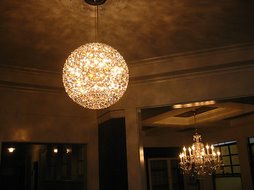


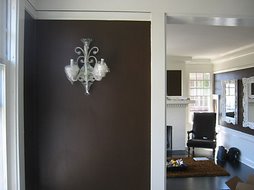
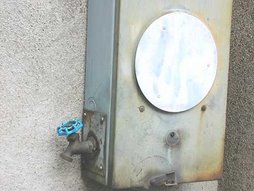
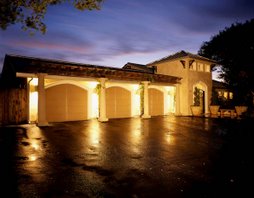
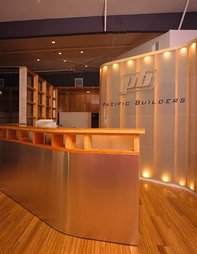
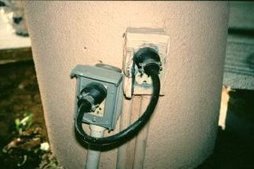


No comments:
Post a Comment